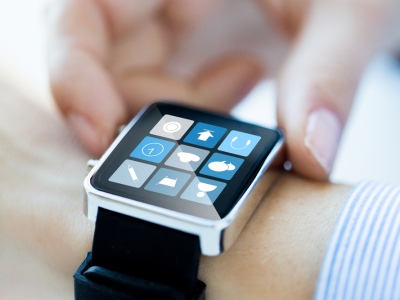
How Long Before 3DTV Is Common In Households?
There has been a good deal of talk in recent times about the advent of 3D television as a genuine force in the average British household. 3DTV is a technology that has been promised a number of times over the past few decades, without ever quite making good on that promise – but now, at long last, it looks like moving decisively from a niche product, of interest only to technology fans, to something much more significant.
The early days of the 3DTV revolution
Although 3D television pictures were demonstrated by John Logie Baird as long ago as 1928, for many decades there was little or no movement towards a genuine commercial market for 3D-capable TVs. Indeed, it was not until mid-2009, with the release of the HDMI 1.4 standard, that specific formats were at last defined to allow the broadcast and reception of full HD – otherwise known as 1080p – pictures in three dimensions. Take-up was, perhaps understandably, slow initially and even in the United States, barely one million 3DTVs were in households in 2010. Britain lagged behind even this level of ownership; it was not until 2011 that the idea of owning a 3DTV really began to emerge into the mainstream.
The current position
As things stand, 3DTVs remain very much in the minority, with a UK market share of about 3% as of the beginning of 2012 and relatively few programmes being broadcast in 3D. Although this figure may seem rather small, it nevertheless represents a significant increase year on year; in fact, the size of the UK television market means that the 3% figure equates to around 800,000 households possessing at least one 3DTV set. Across the Atlantic, the situation in the United States is only slightly further advanced, with ownership standing at somewhere in the region of 4% – although the greater scale of the US market means that even this figure is equivalent to around 4.5 million installed 3DTVs.
When will 3DTV become the norm?
Most analysts expect that 3DTV will find a ready market over the next few years, with a large increase in ownership thought to be almost certain. Figures vary, but typical projections suggest that, by 2016, between a third and a half of British households will have acquired at least one 3DTV set. The US is expected to remain slightly ahead of the UK in this regard, although the gap is likely to narrow steadily as time goes on. These figures, of course, forecast only the number of 3DTVs that have been purchased, not how many of them will be used to their full capabilities; it has been suggested that only around 40% of 3DTVs will actually be used regularly to view 3D transmissions. It nevertheless seems reasonable to predict that, in just a few years’ time, the majority of new TVs sold will be 3D-capable.
Alastair, a techno geek and blogger, supplied this article for LG. To see Internet Connected TV From LG , come and visit our website.









Comments